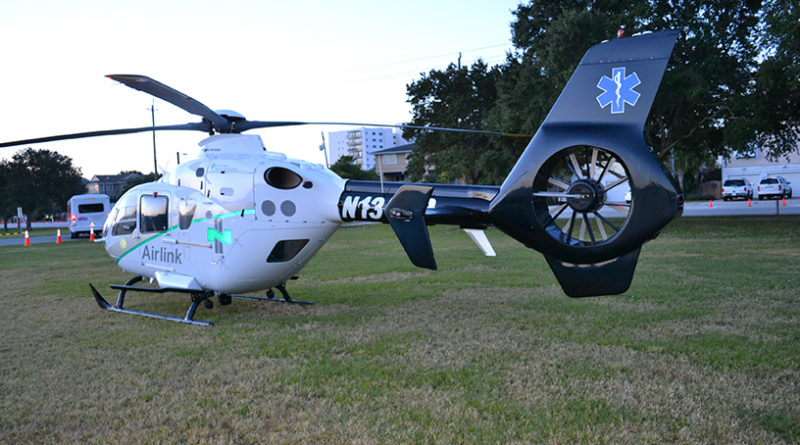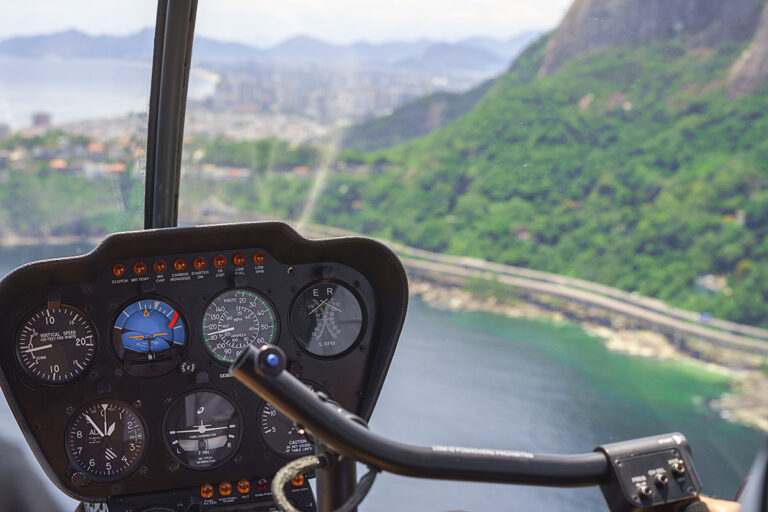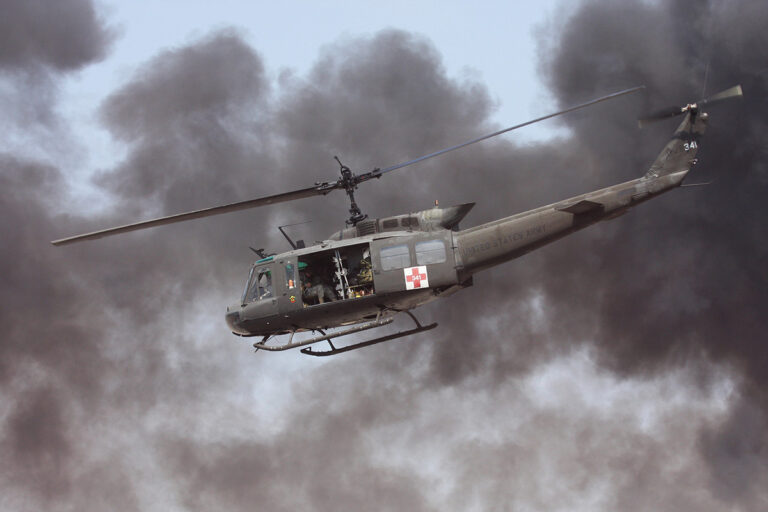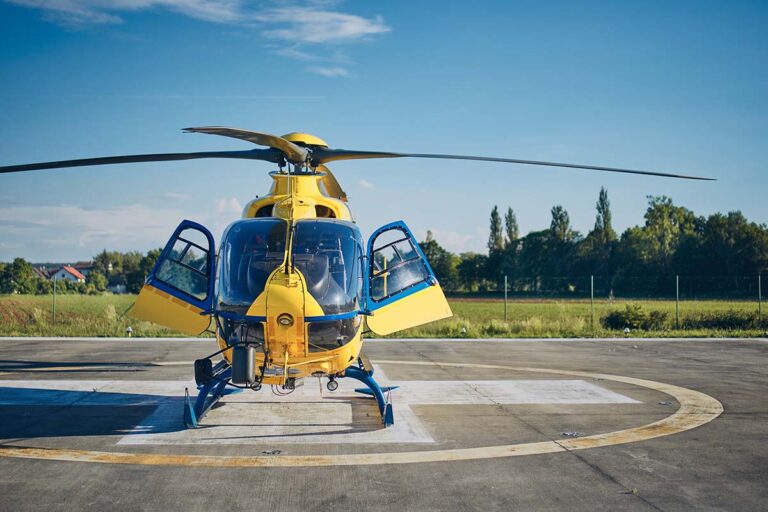How to Become a Medevac Helicopter Pilot
Being a medevac helicopter pilot has to be one of the most important vocations there is. That is especially true if you are planning to become an Army medevac helicopter pilot. Even civilian pilots fly into harm’s way to rescue the injured, making it a very human career choice for anyone with the aptitude. There are two routes to becoming a medevac helicopter pilot. The first is to join the army and become a helicopter pilot. The other is to train as a civilian and join one of the many medevac outfits running across the country. It is this latter that we shall discuss here.
Becoming a Civilian Medevac Helicopter Pilot
There are two major requirements to becoming a medevac helicopter pilot. The first is flight hours and the second is licenses. To become a pilot, you will need to pass some or all of five licenses. The private, commercial, instrument, instructor, and instructor with instrument licenses. If you choose to acquire all five, you will become a certified flight instructor with instrument or CFII. You will need a minimum of 250 hours to pass these certifications with around 85 hours in the classroom. It takes more hours for the average pilot to become CFII, but it is possible to do it within that number of hours.
The main downside with civilian medevac helicopter pilot training is cost. With the army, you will be paid while you train in exchange for many years’ service. To train as a civilian cost around $80,000 to become CFII. Once you are CFII and have three hundred hours, you can begin instructing. Most pilots will enter the private sector to gather their 1,000 hours, which is the next goal. Once you have 1,000 hours, you can fly commercially, which most pilots will do in the Gulf of Mexico or in vacation areas flying tours. These are two ways to gain hours very quickly.
Once you have 2,500 hours you can apply for medevac. Nobody will contemplate hiring a helicopter pilot for medevac with less hours as the job is too demanding for anything less.
Helicopter Rescues Vietnam: True stories of helicopter rescues as told by the men who flew them
On August 6, 2011, a US Army CH-47D Chinook helicopter approached a landing zone in Afghanistan 40 miles southwest of Kabul. The helicopter, call sign Extortion 17, was on a mission to reinforce American and coalition special operations troops. It would never return. Insurgents fired at the Chinook, severed one of its rear rotor blades, and brought it crashing to the ground. All 38 onboard perished instantly in the single greatest moment of sacrifice for Americans in the war in Afghanistan.True stories of daring helicopter rescues as told by the men who flew them. Twenty two missions flown by youthful helicopter crews in service to their country and to their fellow comrades during the Vietnam War.
Medical Training
As well as flight training, it will be useful to obtain your third class (at least) medical certificate. A second-class medical certificate is the minimum a medevac helicopter pilot should hold. There are no entry-level medevac jobs, so you must hit the ground running, at your own expense.
The road to becoming a medevac helicopter pilot is a long one. Yet it is one of the most rewarding careers we know of. While initial training can be arduous and expensive, once you are qualified, you can earn decent money while you are logging hours. You can repay your loans, family, or earn a living while you are doing something you love, flying.
While competition is hot, there are possibilities as a medevac helicopter pilot. The profession requires a lot of skill, qualifications, and flying hours. Few, except ex-military pilots, can acquire such, so if you can, you have an advantage when it comes to finding work. Nobody is saying it is easy, but then nothing in life ever is!









